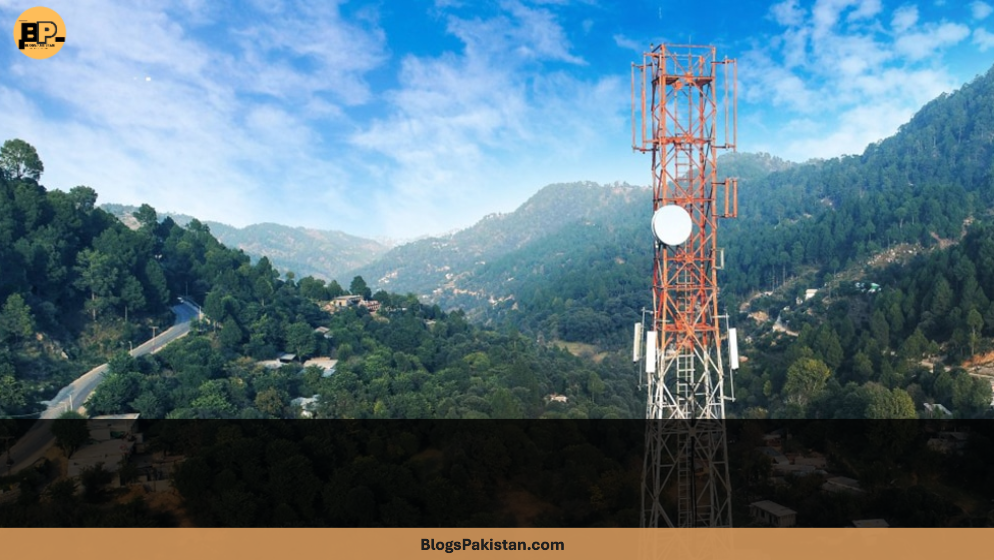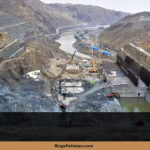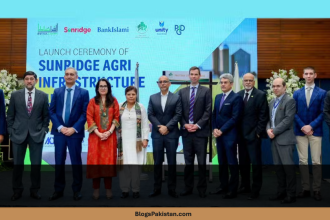PTA If you’ve ever yelled “Uff, network nahi araha!” while trying to send a WhatsApp voice note or tried to binge-watch a series only to be greeted by the notorious buffering wheel, you’re not alone. In Pakistan and India, reliable internet is almost as essential as chai—and just as much a part of daily life drama. But here’s some good news for everyone tired of signal woes: the Pakistan Telecommunication Authority (PTA) and Opensignal have teamed up to give your network quality a major upgrade.
Let’s dig into why this partnership matters, how it works, and what it means for your online adventures—whether you’re in Lahore, Karachi, Delhi, or Mumbai.
Who Is Opensignal, and Why Should You Care?
Opensignal isn’t just another tech company with a fancy name. It’s a global network analytics organization that specializes in measuring real-world mobile and broadband experiences using data collected directly from users (yes, people just like you). Their mission? To help people everywhere get the quality connectivity they deserve.
This time, Opensignal is bringing its data-powered magic to Pakistan, working closely with PTA to ensure that your calls, streams, and downloads are smoother and speedier than ever before.
What’s Cooking Between PTA and Opensignal?
A Real-Time Approach to Network Improvement
Gone are the days when network quality was checked by a man in a van driving around with an antenna, hoping for a “full tower” signal. Now, it’s all about crowdsourcing—the modern, data-driven way of collecting info about how networks are performing for actual users on the ground.
Opensignal collects anonymous data from millions of mobile devices: signal strength, download/upload speeds, latency, coverage gaps, and more. This data is then shared with PTA in real time, so they can see exactly where things are working—and where things are, well, not working so well.
Why Crowdsourcing Rocks
Crowdsourced data means the information isn’t just coming from one spot or one person. It’s coming from everyone, everywhere, across cities, villages, busy intersections, and quiet alleys. Whether you’re at a dhaba in Multan or on a train to Chennai, every bit of your experience helps paint a more accurate picture of the nation’s network health.
Key Benefits: What’s In It for Pakistan’s Subscribers?
Faster Networks, Fewer Headaches
PTA will have access to real-time, comprehensive data on how well 4G, 5G, and even good old 2G/3G networks are performing. No more relying on slow, outdated reports.
- Spotting Coverage Gaps: PTA can identify the exact areas where coverage drops faster than your patience during load shedding.
- Boosting Speeds: With performance data at their fingertips, PTA can nudge operators to improve speeds where needed.
- Reducing Latency: Gamers, rejoice! Real-time latency tracking means a smoother, lag-free gaming (and, let’s be honest, TikTok) experience.
Evidence-Based Decisions
With Opensignal’s accurate, crowd-powered analytics, PTA doesn’t have to guess which network needs attention. They’ll have the facts to make decisions that benefit users AND encourage telecom companies to invest in better infrastructure.
Lining Up with International Standards
The partnership aligns Pakistan’s network monitoring with international best practices laid out by the International Telecommunication Union (ITU). That means your mobile experience will start to look less “developing world” and more “world-class.”
What About Consumers in India? Why Keep an Eye on This?
While the current collaboration is with PTA, Opensignal’s global data-driven approach is relevant for India too. Indian telcos and regulators can also benefit by embracing similar technologies to address the unique connectivity challenges faced by over a billion users from Kashmir to Kanyakumari. After all, every second spent waiting for a video to load is a second you’ll never get back!
How Will This Actually Impact Your Daily Digital Life?
For the Instagram Addicts
Your sunset photos from Clifton Beach or Marine Drive will upload faster (and you’ll finally beat your cousin to getting more likes).
For the Students
Whether it’s an online quiz or streaming a virtual class, fewer disconnects and better upload/download speeds mean you have one less excuse for missing assignments.
For the Business Crowd
Smooth video calls, faster emails, and cloud access mean more efficiency at work—and maybe more time for a quick game of PUBG during lunch.
For the Streamers
From cricket matches to K-dramas, streaming will (hopefully) be less about buffering and more about binging.
The Techie Details: Measuring Quality of Service (QoS) and Quality of Experience (QoE)
- QoS (Quality of Service): Technical metrics like speed, signal strength, and latency.
- QoE (Quality of Experience): How those numbers actually feel when you’re using your phone for real-world activities—calls, apps, gaming, and more.
Opensignal’s data lets PTA monitor both. So, the next time your call drops or your favorite video buffers, you can trust that someone, somewhere, is paying attention to fix it.
The Bigger Picture: Encouraging Investment and Network Expansion
This data goldmine doesn’t just help users—it encourages telecom companies to up their game. When PTA has the facts, they can pressure providers to improve service where it’s needed most. And when network quality improves, everyone wins: users stay happy, companies keep customers, and the country attracts more investment in digital infrastructure.
When Will You See These Changes?
Realistically, upgrades won’t happen overnight. But real-time monitoring means PTA can quickly spot and address issues—and hold telecom operators accountable. In a world where every second counts (especially when cricket is on), that’s a win for everyone.
Final Thoughts: Are We Heading Towards a Buffer-Free Future?
PTA’s partnership with Opensignal is a huge leap for Pakistan’s connectivity scene. It’s proof that, with the right data, we can all move beyond the days of “No Service” frustration and into an era of smooth, reliable, and—dare we dream—buffer-free experiences.
So, keep an eye on your signal bars. The next time you notice your internet is faster, remember: it just might be the result of a little data science, a lot of teamwork, and a shared dream for a better digital tomorrow.










